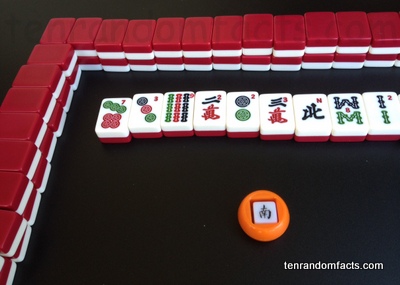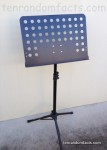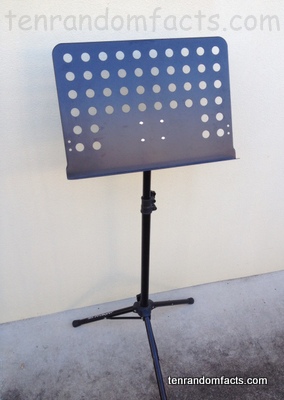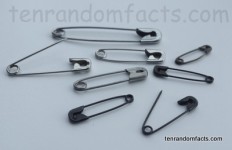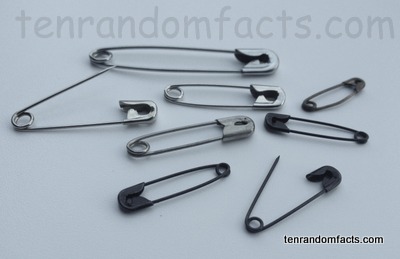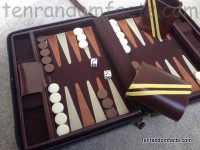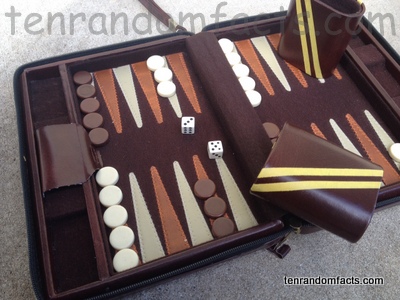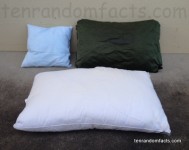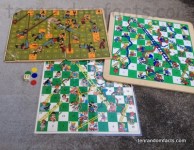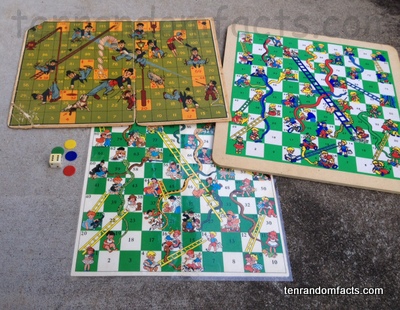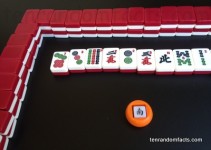
Mahjong requires a great deal of understanding to play due to its complexity.
- Mahjong is a popular Chinese game that involves the use of tiles in a game of strategy, memory and skill.
- ‘Mahjong’ is also known as ‘majiang’, ‘mah jong’, ‘ma jong’ and ma cheuk’.
- A total of up to 144 tiles are typically used in a game of mahjong, featuring depictions of bamboo, circles and characters from numbers one to nine; as well as special symbols from seasons, winds, dragons and flowers.
- The Chinese word ‘máquè’, was one of the earliest names for the game of mahjong, which literally means ‘sparrow’, however it’s significance is uncertain and other possible names and theories exist.
- The origins of mahjong are quite disputed and it is possible that the Chinese teacher Confucius designed the game around 500 BC; or the Chinese military invented it in the later 1800s; or it simply grew or was created out of other similar styled games.
- Mahjong has previously had a gambling component that resulted in the Chinese government banning the game in China from 1949 to 1985, and the game was later reinstated without that element.
- Mahjong became known to the English-speaking world around 1895, and began being imported in North America in the 1920’s, while the rules of the game were printed in English by various people causing the game to have many variations in the rules.
- The general aim of the game is to score points primarily by ‘wooing’ or forming ‘mahjong’, which is done by achieving a specific set of combinations of tiles by picking them up, while others are discarded.
- The first mahjong World Championships were held in Japan’s Mahjong Museum in 2002, and the competition was won by Mai Hatsune from Japan.
- Generally a game of mahjong is played by four people over a series of rounds, although variants with two, three or even five players, are also played.
Bibliography:
A Brief History, 2011, Mah Jong Museum, http://www.mahjongmuseum.com/brief.htm
The History of Mah Jong, 2011, Mah Jong Sets, http://www.mahjongsets.co.uk/history-mahjong.html
Mahjong, 2015, Wikipedia, https://en.wikipedia.org/wiki/Mahjong





